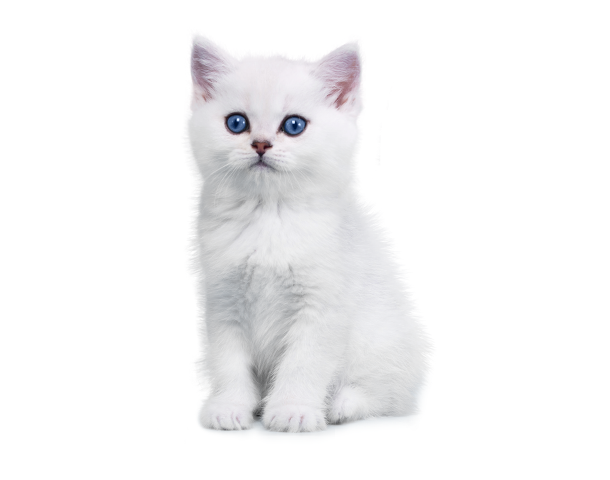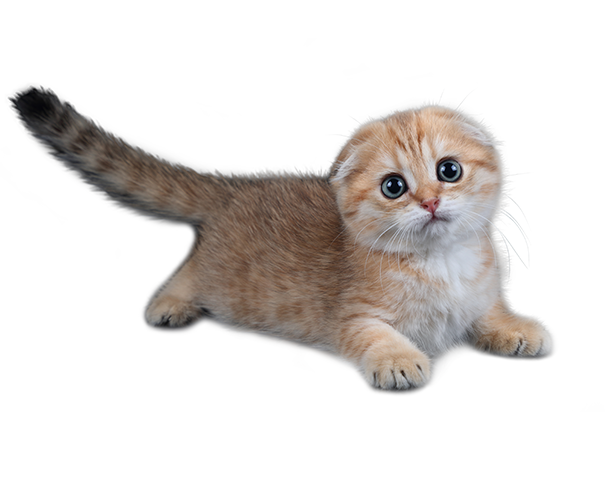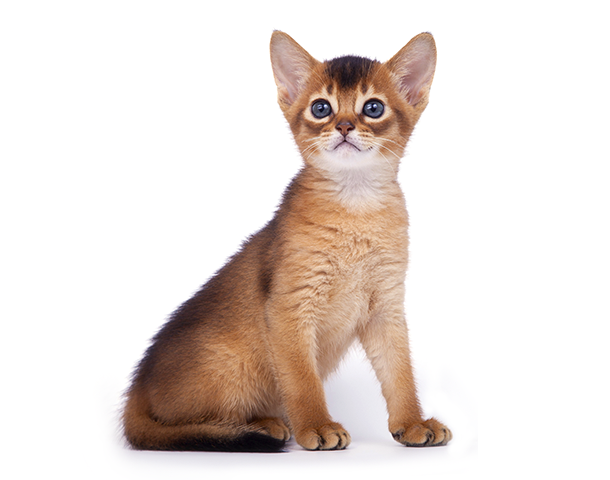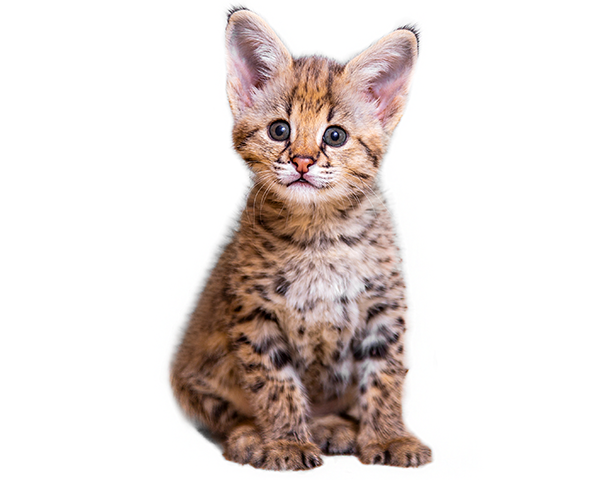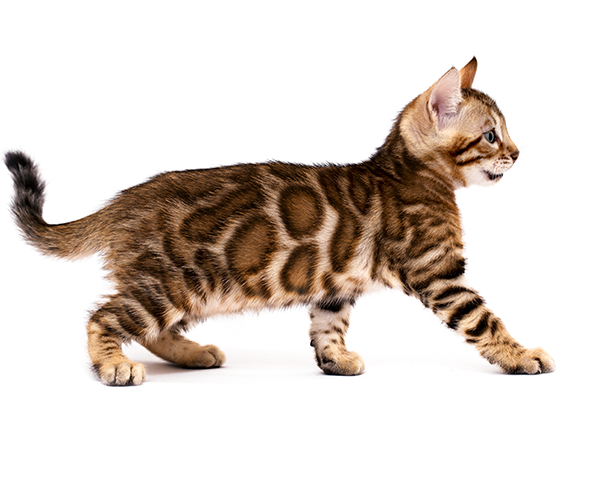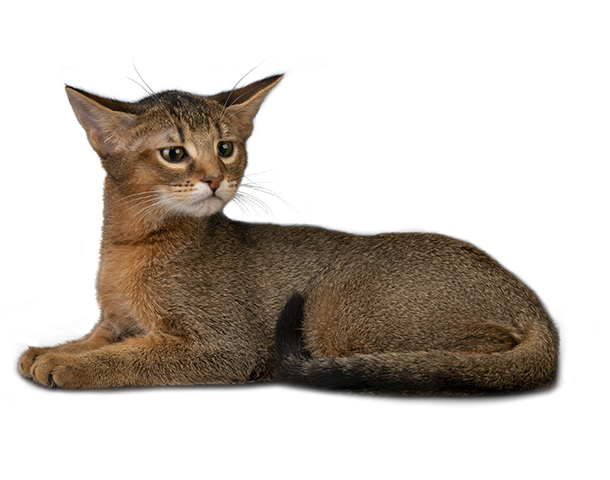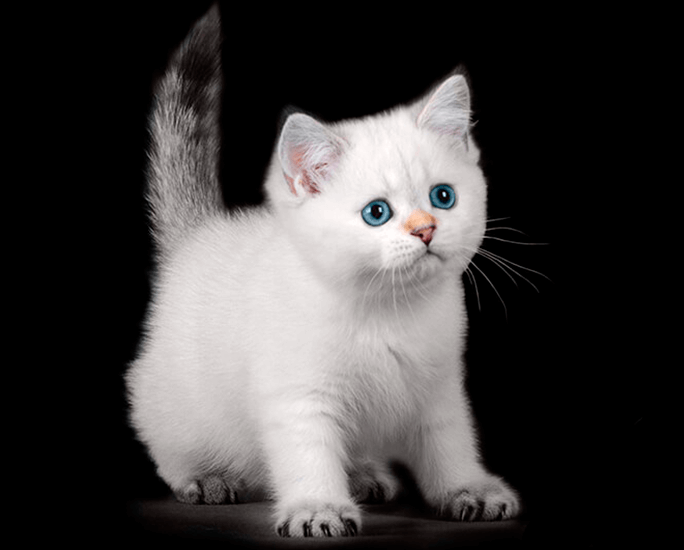Chausie Cat Colors
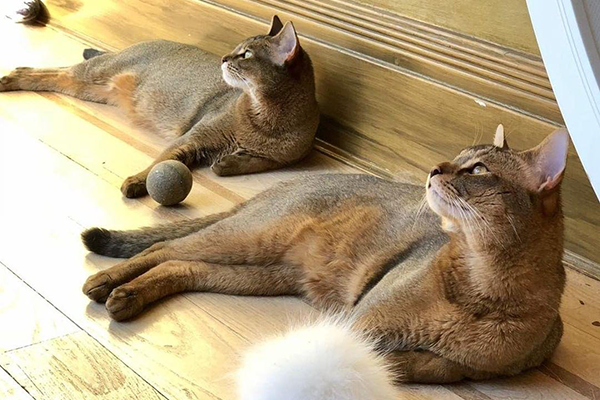
Most Chausie cats are ticked, with each guard hair colored in a different color. This property creates the effect of shimmer or ripples on the water (when the tip of the hairs is colored black).
Cats with fur of this color look really very attractive and unusual. On the fur coat of such pets there are no usual stripes and at the same time it does not look monophonic.
The ticked color in Chausie is also called “color without color”. The strips in this case are not located directly on the body of the animal, but on each individual hair. During the movement of such an animal, its fur seems to shimmer and shine. Many people believe that this coloring is very similar to the colors of squirrels or chinchillas.
The main signs of a ticked color in Chausie:
- on the body of the animal there is no at all – neither a clear nor a blurry extraneous pattern;
- on each hair on the fur of the animal there are several dark and light stripes (dark – at least 3).
The ticked Chausie, among other things, has stripes on the tip of the tail and paws, the presence of a “necklace” on the neck, as well as stripes in the form of the letter “M” on the forehead.
Chausie cat colors according to the standards set by TICA allow two coat colors:
Black ticked tabby
The code for this coloration is as follows: n 25. Chausie with this color has a black pattern on a copper background. The nose and eyes of animals are surrounded by a rim. The color of this edging is dark. The nose of cats is brick red, and the eyes can be any color, including green. Pets with such fur do not have only blue eyes. The paw pads of black ticked animals are brown or black as standard.
Grizzly – Black and silver ticked tabby
On the hairs there are 2-3 stripes of black and “gray” colors, while the tips of the guard hairs should be dark in color. Chausies with black gray tabby coloration are truly unique among domestic cat breeds. Kittens with black gray are born completely black, but with age they develop a striped color. This unique coloration first appears on the belly, neck, chin and on the inside of the ears. As the cat ages, the pattern spreads along the sides of the body and up to the spine. By the age of three, the ticked pattern can even extend to the back of the neck, down the legs and tail, and even to the muzzle.
Such colors are characteristic of Chausie F1, F2, F3. Representatives of F4 and F5 color may differ from the above, but they will not be allowed to show.

